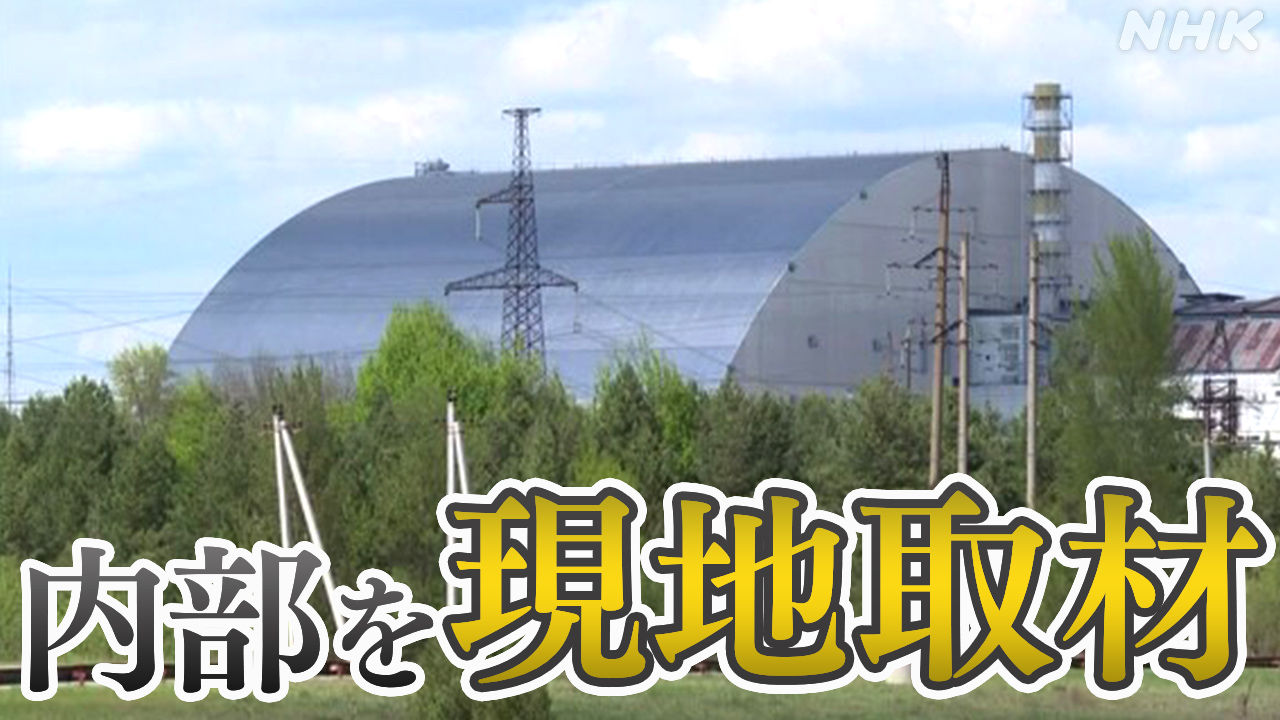Chernobyl Shelter: The Impact of the Russian Offensive – A Delicate Balance of Disaster
The ongoing conflict in Ukraine has cast a long shadow over the Chernobyl Exclusion Zone, raising profound concerns about the safety and security of the Chernobyl Nuclear Power Plant and its sarcophagus, a crucial shelter containing the remnants of the 1986 disaster. The Russian offensive's impact on this precarious situation demands our attention and careful analysis.
The Siege of Chernobyl: A Threat to Global Safety?
The initial Russian occupation of the Chernobyl site in February 2022 sent shockwaves around the world. Reports of compromised radiation monitoring systems and the displacement of vital personnel raised fears of a potential catastrophic release of radioactive materials. While the immediate threat of a meltdown appears to have subsided, the long-term consequences remain a serious concern.
Key Impacts of the Russian Occupation:
- Disruption of Radiation Monitoring: The occupation disrupted the continuous monitoring of radiation levels, creating a period of uncertainty about the safety of the site. This lack of real-time data hindered international efforts to assess the risk.
- Compromised Safety Protocols: The forced displacement of experienced Ukrainian personnel, responsible for maintaining the sarcophagus and managing the site's complex systems, significantly increased the risk of accidents or malfunctions.
- Damage to Infrastructure: Reports surfaced of damage to infrastructure, potentially impacting the long-term stability of the containment structure and the overall safety of the site. The extent of this damage is still being assessed.
- Psychological Impact on Personnel: The stress and trauma experienced by the Ukrainian personnel who remained at Chernobyl during the occupation cannot be overstated. Their well-being is crucial for maintaining the site's safety.
- Security Risks: The military presence and ongoing conflict in the vicinity created significant security risks, potentially jeopardizing the already delicate situation.
The Long-Term Implications: Beyond the Immediate Crisis
While Russian forces have withdrawn from Chernobyl, the long-term consequences of their occupation are still unfolding. The immediate threat may have lessened, but concerns remain about:
Ongoing Challenges:
- Deferred Maintenance: The occupation caused delays in essential maintenance and repairs, potentially weakening the integrity of the sarcophagus and increasing the risk of future incidents.
- Environmental Contamination: The movement of military vehicles and personnel may have inadvertently spread radioactive dust and particles, requiring thorough environmental assessments.
- Psychological Trauma: The long-term effects of the occupation on the mental health of personnel and the surrounding communities require careful consideration and support.
- Nuclear Waste Management: The safety and security of the nuclear waste storage facilities within the Exclusion Zone remains a priority, and the impact of the occupation on these facilities requires further investigation.
- International Cooperation: Continued international cooperation and monitoring are crucial to ensure the long-term safety and security of the Chernobyl site and the surrounding environment.
The Future of Chernobyl: A Call for Continued Vigilance
The Chernobyl disaster remains a stark reminder of the potential devastation of nuclear accidents. The recent events underscore the importance of maintaining rigorous safety protocols, international cooperation, and continued monitoring of the site. The ongoing impact of the Russian offensive highlights the need for sustained investment in nuclear safety and the long-term management of nuclear waste. The world must remain vigilant to prevent a recurrence of this devastating event.
Further Reading: For more detailed information, refer to reports from the International Atomic Energy Agency (IAEA) and other reputable organizations monitoring the situation in Chernobyl. You can find their reports through a simple web search.
